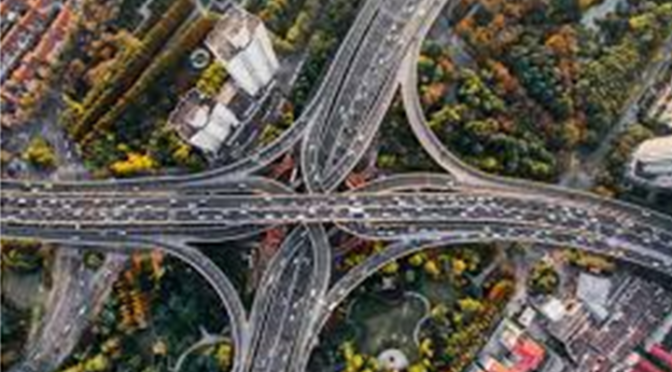Seamless Connectivity & it’s Critiques
Posted on : May 17, 2017Author : AGA Admin

Seamless connectivity which includes sustainable infrastructure, seamless logistics, regulatory excellence, digital connectivity and mobility is the new buzzword whether one is talking about the Chinese led OBOR or the much less ambitious and sub-regional corridors like the BBIN. However, while mobility technologies are promoted on the assumption that infrastructure provides a solution to problems of social or economic integration, transportation infrastructures (pipelines/roads/bridges/airports/communication linkages) may also become sites of disjunction.
In fact large scale infrastructural projects have been subject to scrutiny for increasing host country debt burdens, the high maintenance cost of low quality products and inadequate environmental sustainability which are difficult to predict and may have unintended consequences. The much advertised Sino-Afghan Special Railway Transportation (that connects China to Afghanistan and is part of OBOR trade corridor that connects China to Afghanistan, Uzbekistan, Kazakhstan and Iran) for instance, ran into trouble when it arrived in Hairatan and had to return empty on its way back to China as Uzbek authorities forbade cargo from arriving into their country from Afghanistan citing security reasons. According to the report from Radio Free Afghanistan, Uzbekistan wants goods to leave the Afghan border city of Hairatan on ships instead of rail and cross the Uzbek border via the Amu Darya where it can be screened by Uzbek security forces. Only then would the cargo be reloaded into the Sino Afghan train. This circuitous route would create delays for Afghan trade with China and had not been anticipated earlier.
Inexorable increases in human mobility and the impact of geography on travel and transport all lead to a varied understanding of what logistic strategies entail. Here, the centrality of governance to geographies of transport is as significant as changing labour regimes and economic/ environmental/social concerns evident at local, regional and international levels to come to an understanding about possible future trajectories. In fact China’s relentless pursuit of infrastructural alliances in terms of ‘global good’ has elevated infrastructure to the stature of ‘security’ or ‘environmental protection’ in a world where geopolitics is being played out in the matrix of physical and digital infrastructure.
Moreover, while transnational connections/flows and mega infrastructural developments attract attention, the many different pathways that local actors follow as they integrate and manage their everyday lives in the ‘receiving’ states of these logistics visions and the multiple relations that reconnect them to their places of origin also remain significant. While there is attention on geopolitical strategy, resource utilization and power lobbying in the states these corridors traverse, there remain regular non-elite movements for economic/social/cultural/religious exchanges that also negotiate state borders and move beyond ‘regional’ confines. The motivation for these mobilities and the corresponding flow of remittances and commodity trade is the flip side of larger visions of logistic spaces
Therefore, while global logistic visions, that span entire continents and beyond is one part of the contemporary logistic story, the other part of logistics is the multiple alternative corridors that span these same spaces. Too numerous to enumerate or categorize they nonetheless influence the functioning of the larger networks and occasionally even dispute their logic. The significant geographical challenges to connectivity in the areas that are the operating environments for these infrastructural projects mean that these alternative logistic arrangements may provide viable arrangements where larger projects fail to materialize.
).





Leave a Reply